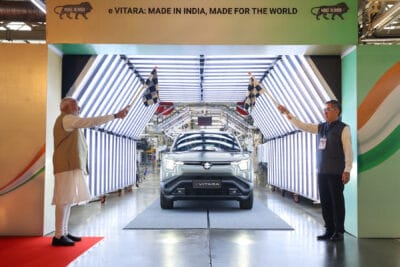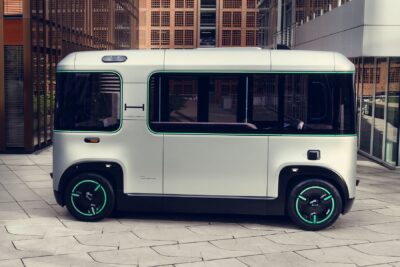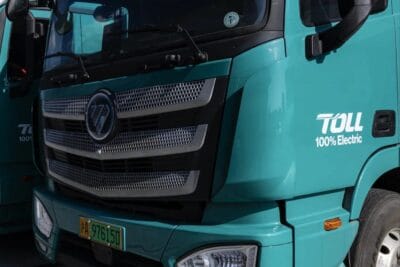Jaguar ups planned spending as it continues to invest in combustion engines
The initial plan was to convert the Halewood plant (UK) to a purely electric production facility. The Wolverhampton engine plant, which currently produces combustion engines, will manufacture electric drive units and battery packs for JLR’s next generation of vehicles.
In February 2024, JLR announced that it is moving away from its goal of launching six all-electric cars by 2026 and will instead focus on hybrids and plug-in hybrids, as the demand for battery-electric cars has slowed down. Autocar writes that JLR CFO Richard Molyneux told analysts at the company’s investor day in June: “Until one powertrain technology properly wins globally we are going to continue to have to invest in multiple powertrains at the same time, so that probably will drive investment up.”
Specifically, JLR is planning to invest an additional half a billion this year, increasing the planned investment from three to 3.5 billion pounds. In the years to come, it expects to up investments by one billion pounds per year. Most of the investments – specifically 65 per cent – between now and 2028 have been earmarked for electric mobility, Molyneux said.
As mentioned above, the British car manufacturer, which is part of the Indian Tata Group, revised its roadmap earlier this year and only wants to launch four BEVs by 2026. These include the Range Rover Electric SUV and the electric Range Rover Sport. Both are based on the MLA platform, which supports combustion engines, hybrids and battery-electric drives. Technical data for a BEV model based on this platform is not yet known. However, JLR will probably publish details soon, as the electric SUV will launch this year.
According to media reports, the Range Rover Electric is expected to be the first to go on sale next year. However, nothing is certain yet, as the manufacturer has emphasised that it is prepared to delay the launch to perfect it. What is even more interesting is that, according to Autocar, JLR claims to have some 38,000 pre-orders for the latter.
There are also plans for two (or three) electric Jaguar models that will use the BEV architecture JEA, which is short for Jaguar Electrified Architecture. There are also no details about these cars yet. As previously reported, the all-electric Jaguar I-Pace, currently the brand’s only electric model, will no longer be produced in 2025.
Just last month, JLR also revived its Freelander brand for future electric cars. These will be based on a platform from its Chinese partner Chery, probably the Chery E0X. The vehicles will be built for the 50:50 joint venture CJLR (Chery-JLR) and will, for the time being, only be sold in China under the Freelander brand. They are also intended to be exported worldwide later, JLR added. Previously, JLR confirmed that it would use Chery’s M3X and E0X modular platforms for future battery-electric and plug-in cars.





8 Comments